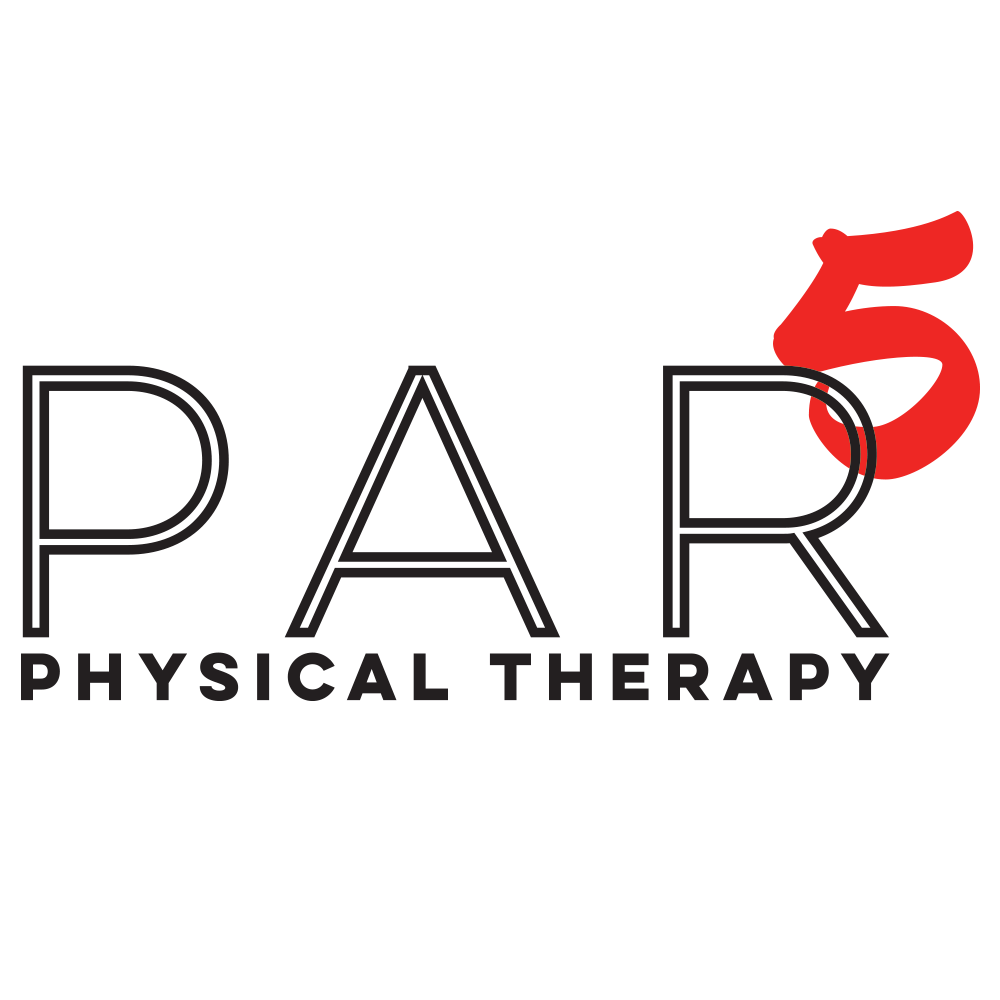Should everyone deadlift?
Photo by Danielle Cerullo on Unsplash
The other day I was working with a client who had a history of lower back pain. She had a hard time bending and picking up objects from the floor. During this one session, I placed a kettlebell on the ground and told her to pick it up. She did it, so I got a heavier kettlebell and asked her to do the same thing.
This went on for a while with this client picking up progressively heavier and heavier kettlebells. She was very reluctant at first, saying that her doctor told her not to bend anymore and not pick up anything. So she was very excited and surprised that she could do things that she had thought were no longer possible.
This is an over simplification of a long process of retraining proper movement patterns, body mechanics education, proper bracing and strength training, and motor learning.
But the point to ask is: Should everyone deadlift?
Many might argue that not everyone should deadlift, but my argument is that everyone should.
The deadlift movement archetype is a functional movement pattern that we perform every day, whether we know it or not. The basic components of the deadlift movement can be found in just getting up off the toilet or up off a chair. We do this hundreds of times a day (or at least we should be getting up frequently, if you’re sitting too long that’s another blog post for another day).
The deadlift is comprised of a hip hinge movement with a relatively stable spine angle. (Golfers, does that sound familiar?) For most people, the ability of creating a proper hip hinge is lost because of daily environmental factors and postures. Core stability, thoracic spine extension, and glute strength can become deficient due to prolonged sitting with a rounded shoulders and forward head.
Once I can teach someone to maintain spine angle and core stability, then we can move onto hinging at the hip. The hip is an important joint to be able to control so that you can reduce stress and load on the lower back. Many times when I show someone the deadlift they don’t see that the spine remains straight, it might look like the spine bends forward but the movement is from the hips. Coordinating a stable lower back and hip flexion can be tough for some. But the brain is very elastic and can be retrained to move better.
The next step is to start to load the movement pattern. Adding weight places more emphasis on proper core stability, spine angle, and glute activation. This is the stage that we can start to make the body more resilient and injury-resistant. The body responds to the forces we apply on it. Proper loading and body mechanics with the deadlift can strengthen the lower back and prevent re-injury, even in people with chronic back pain.
It’s not the act of bending forward that harms the back, it’s bending forward improperly that harms the back. The same can be said for deadlifting: deadlifts are not bad for your back, but bad deadlifting is bad for your back.
The human body was meant to bend and move. It’s when we forget how to do those movements correctly that we run into problems like pain or injury.
If you want to learn more about proper deadlifting and hip hinging body mechanics, feel free to contact us at Par 5.

